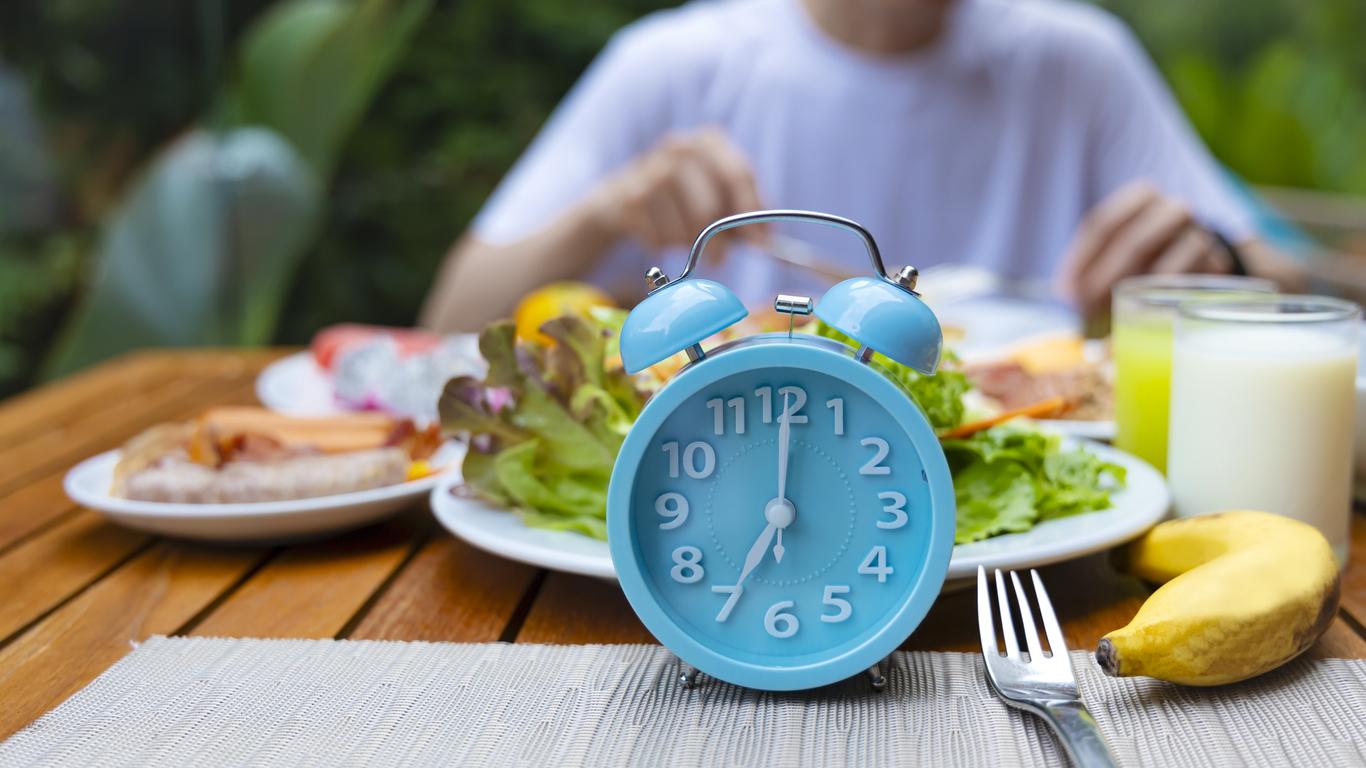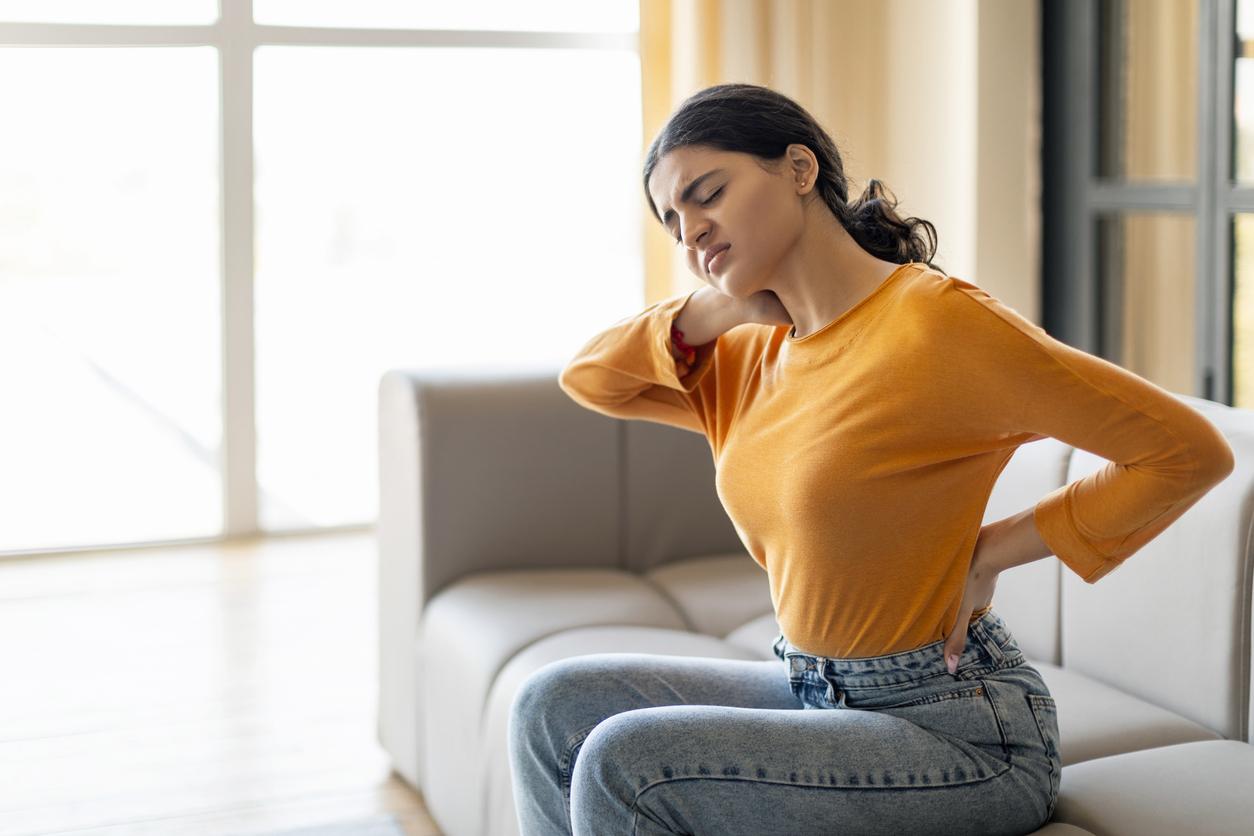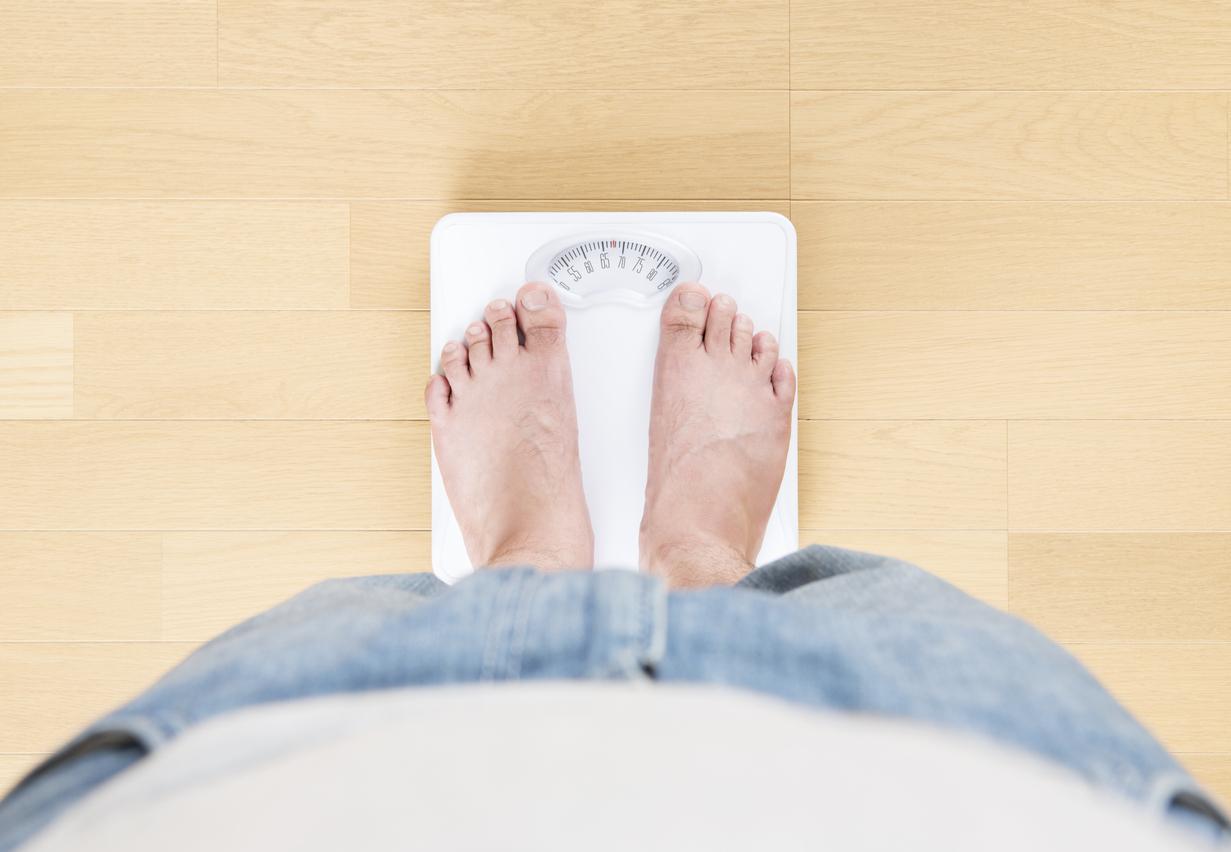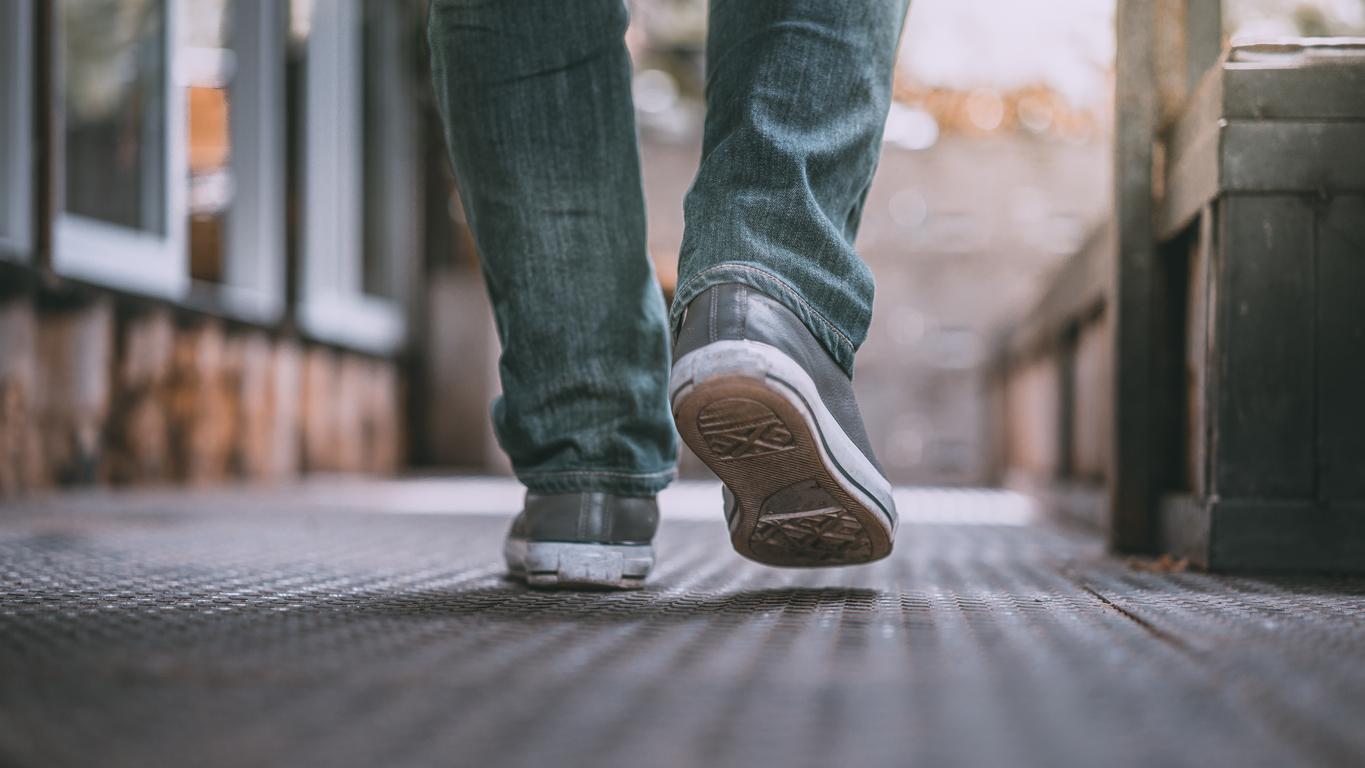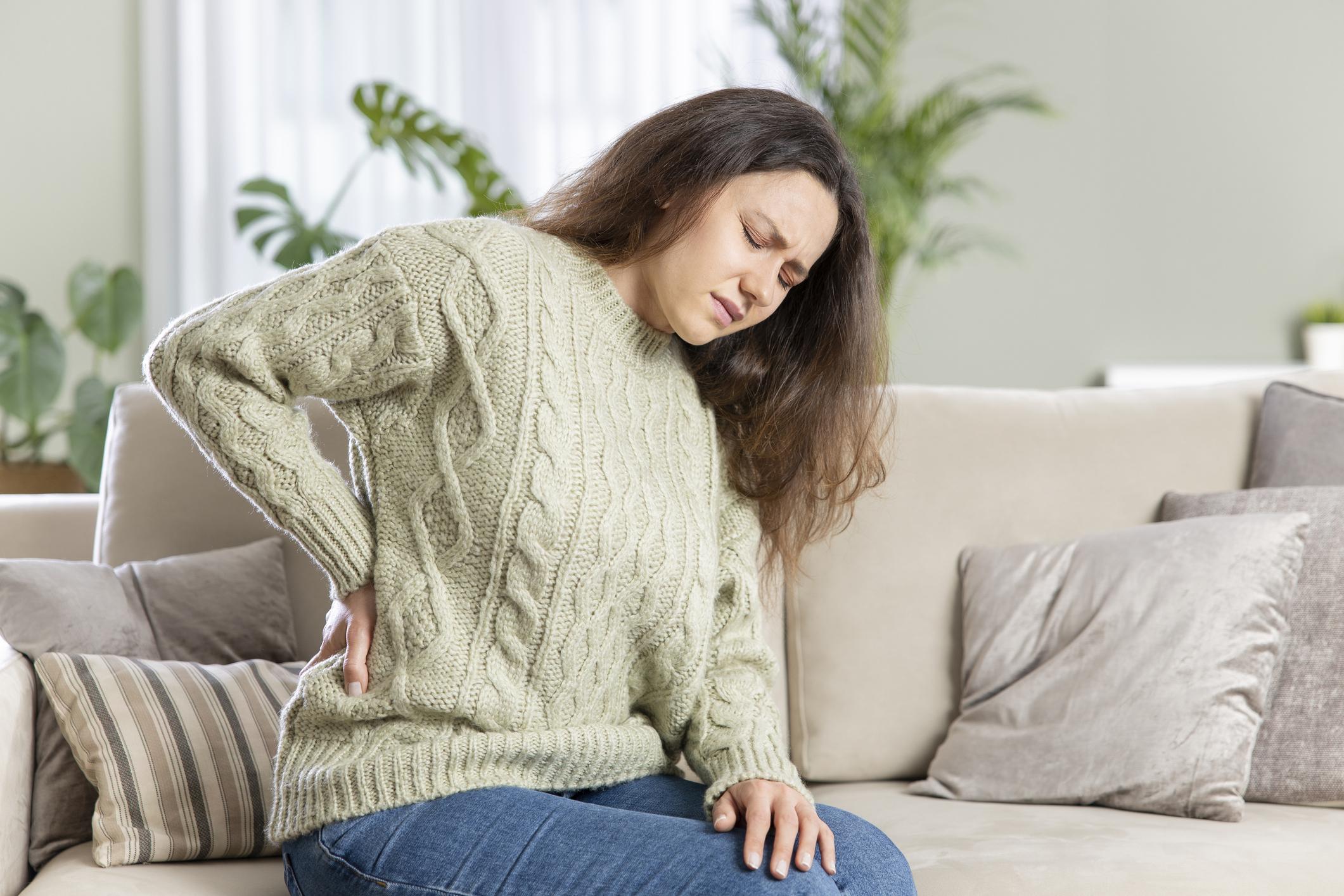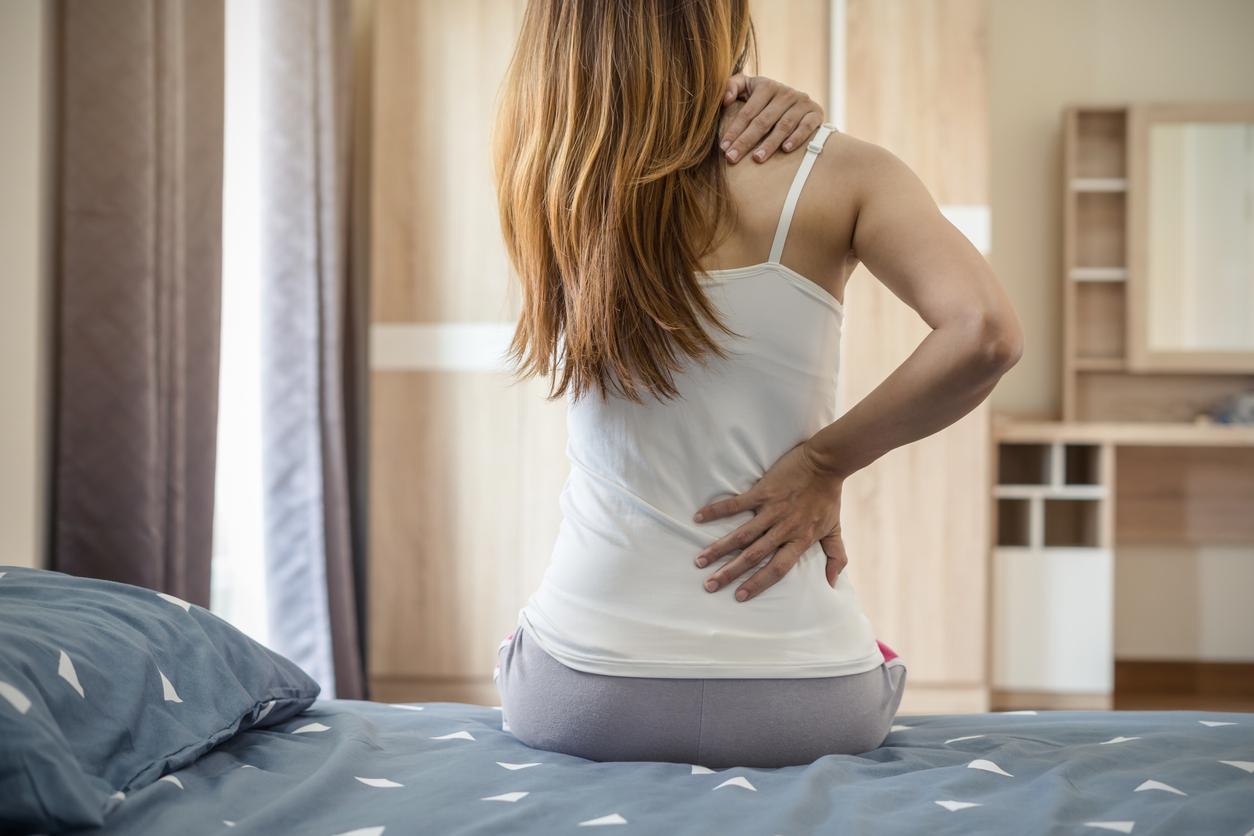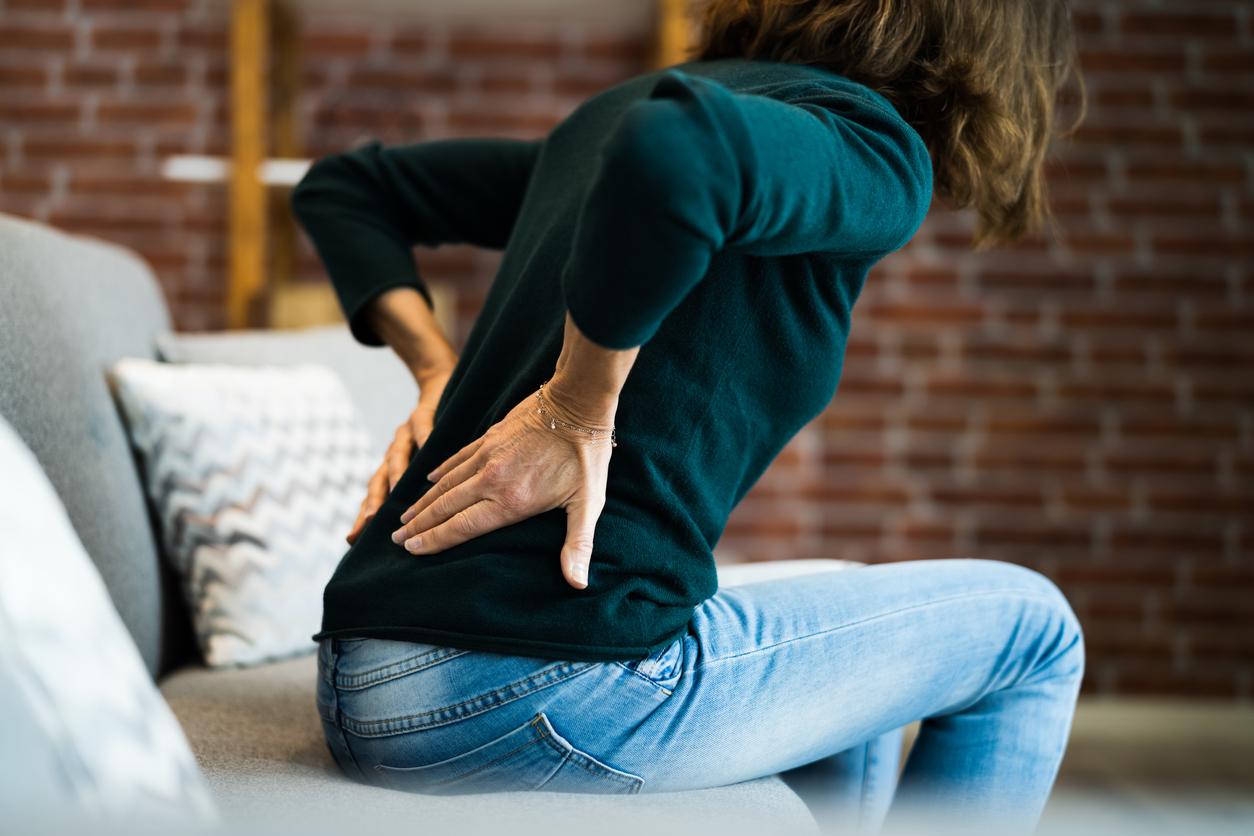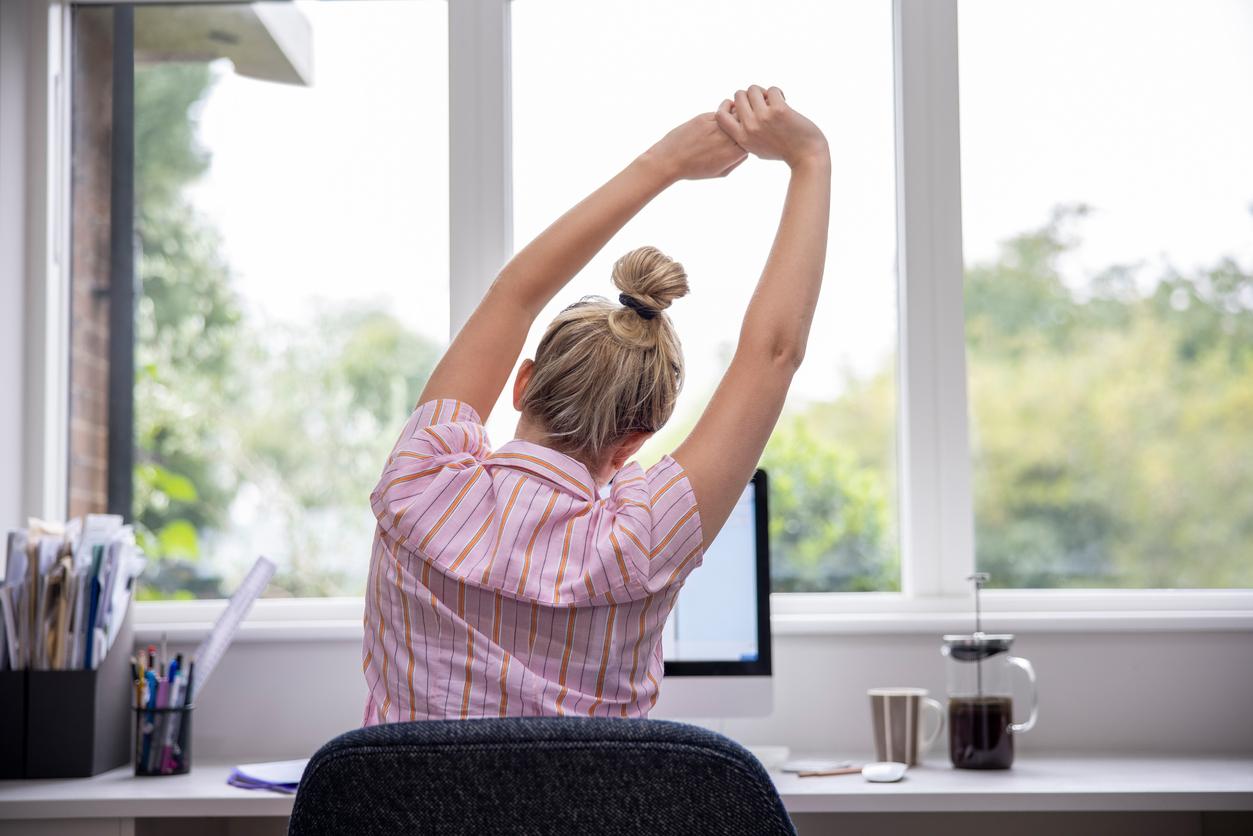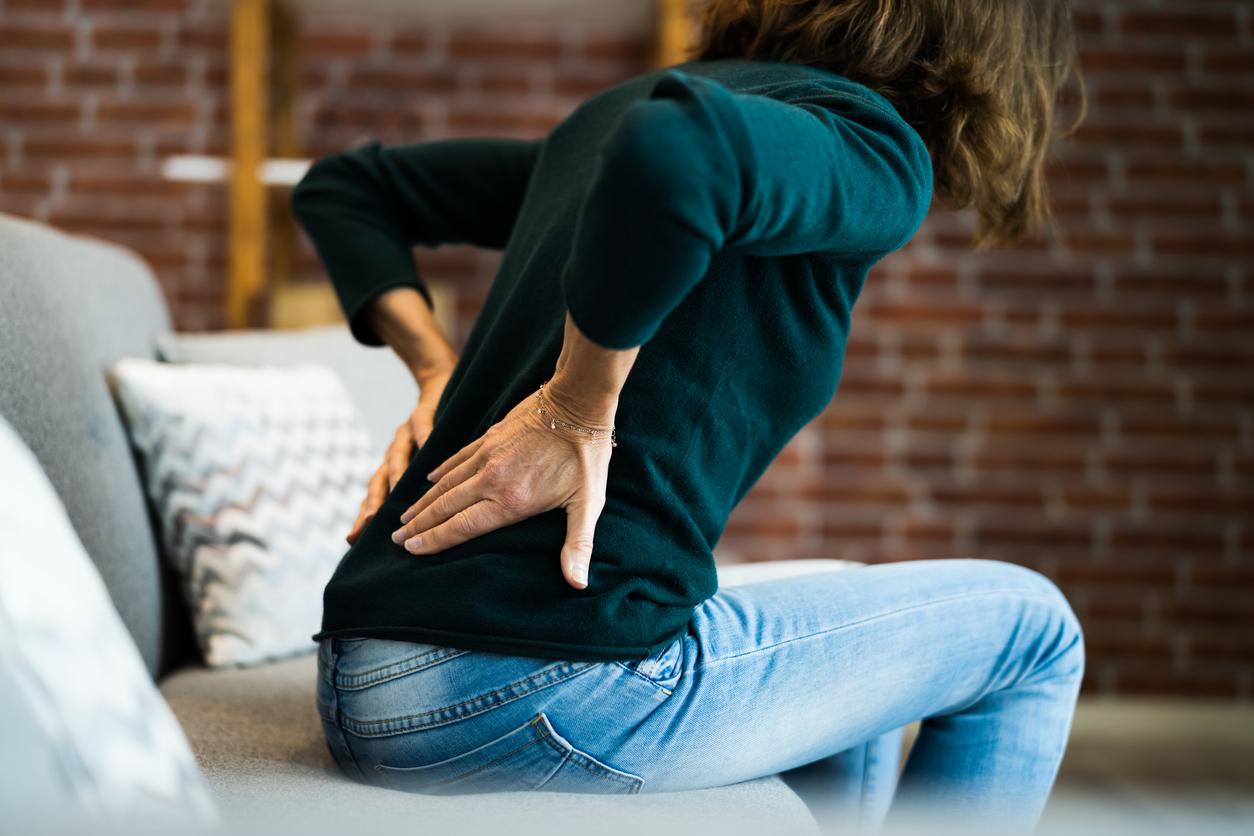The reimbursement for muscle relaxants based on thiocolchicoside is canceled in 2018. The minimal benefit they provide does not compensate for the inconvenience. The treatment of low back pain is mainly based on that of pain and movement.
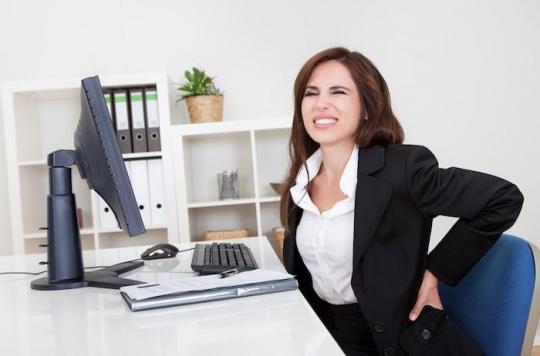
Coltramyl®, Miorel®, Myoplege®, generics … As of January 2, 2018, these thiocolchicoside-based relaxant drugs (in tablets or capsules) will no longer be reimbursed, according to 2 decrees published in the Official Journal of November 29, 2017.
These decrees follow an opinion dated July 20, 2016 from the Transparency Commission of the High Authority for Health (HAS) according to which: The medical benefit provided by Coltramyl® (and the others) is insufficient to justify taking into charge by national solidarity in “the adjunct treatment of painful muscle contractures in acute spinal pathology in adults and adolescents over 16 years”.
A slim scientific dossier
Indeed, these drugs have a marketing authorization (MA) for “adjunctive treatment of painful contractures in acute low back pain”. This Marketing Authorization was obtained a long time ago, with a fairly slim scientific dossier, and their effectiveness on pain and muscle contracture is modest at best.
On the other hand, there is a risk of an abnormality in the number of chromosomes in the nucleus of cells (“aneuploidy”), an abnormality recognized as a potential risk factor for cancer and teratogenicity, spontaneous abortions and reduced fertility. male associated with its use.
Given the existence of alternatives (benzodiazepines) for which this risk has not been demonstrated, the clinical benefit of thiocolchicoside is now insufficient to justify its reimbursement.
Treatment by movement
If you regularly suffer from back pain, these molecules are probably not unknown to you and you may wonder why these drugs which aim to protect the back muscles are withdrawn when a campaign of the National Health Insurance Fund advocates muscle movement and activity as the main component in the treatment of acute low back pain. The 2 decisions are disconnected because they come from 2 different administrations which each follow their own logic. Moreover, the CNAM does not advocate muscle relaxants in this context either.
Brutal back pain and sitting in the lower back, acute low back pain, or lumbago, when associated with muscle contracture, heals in a few days if the pain is actively relieved. Bed rest is not especially recommended, as it promotes “muscle deconditioning” and the risk of progressing to a chronic form of the disease.
Common acute low back pain
The pain appeared suddenly, following a wrong movement or an effort to lift. It is calmed by rest and increased during efforts, coughing and defecation. It only lasts a few days to a few weeks and is usually accompanied by muscle contracture interfering with movement.
In some cases, the muscle contracture and pain are so bad that it is almost impossible to move. Very often, there is significant stiffness in the back which can be manifested by a deformation of the spine (“bayonet” deformation). It is in these cases where the relaxation of the muscles can be of interest.
Do not be wrong with back pain
In the vast majority of cases, the cause of acute low back pain is linked to a dysfunction of the spine, mainly due to deterioration of the discs between the vertebrae (tear of the disc), the posterior articular joints between the vertebrae ( osteoarthritis) and ligaments or muscles. Often all the lesions are intricate. This low back pain usually heals within a few days because it is a minor problem that does not cause disability.
It should not be confused with low back pain which wakes up in the second part of the night, which is accompanied by prolonged stiffness in the morning upon awakening and which fades during the day and with effort. In the latter case, it is an inflammatory low back pain which must suggest other causes, and in particular spondylarthritis.
Reduce pain before you move
With common acute low back pain, it is important to reduce the pain as soon as possible, both to relieve the sufferer, but also to preserve the muscles of the back.
Pain medications are called analgesics. It is allowed to take paracetamol, a combination of paracetamol with an morphine derivative or a non-steroidal anti-inflammatory drug (or NSAID) such as ibuprofen, ketoprofen or aspirin. Anti-inflammatory drugs and aspirin should not be mixed. Decontracturants play a minimal supporting role and only in cases of severe muscle contracture.
It is essential to maintain physical activity, even minimal. Inactivity does not allow good healing of muscles, tendons and ligaments which are also affected in low back pain. The resumption of an adapted physical activity is therefore the best guarantee for a rapid recovery.
Practical advice
Some tips can help with back pain relief:
– Apply heat (hot shower or heating bag) to the entire painful area to relax the muscles
– Have a back massage
– Continue the usual activities by adapting them in order to keep a straight position for the back.
– Be careful not to force and avoid sudden movements.
– Check that the bed is not too low and that the mattress is of good quality.
It is also interesting to resort to muscle relaxation especially in the event of associated stress. Here are some relaxation positions:
– Stretched out, back flat on the ground, legs bent resting on the seat of a chair, hands crossed behind the head.
– Lying on your back, bring both knees to your chest, one after the other. Hold both knees together and pull them towards the chest.
– Kneeling, seated on heels, back rolled up, forehead against the floor and framed by the elbows, forearms resting on the floor.
These positions that allow the back to rest can be practiced for a few moments every day.

.




